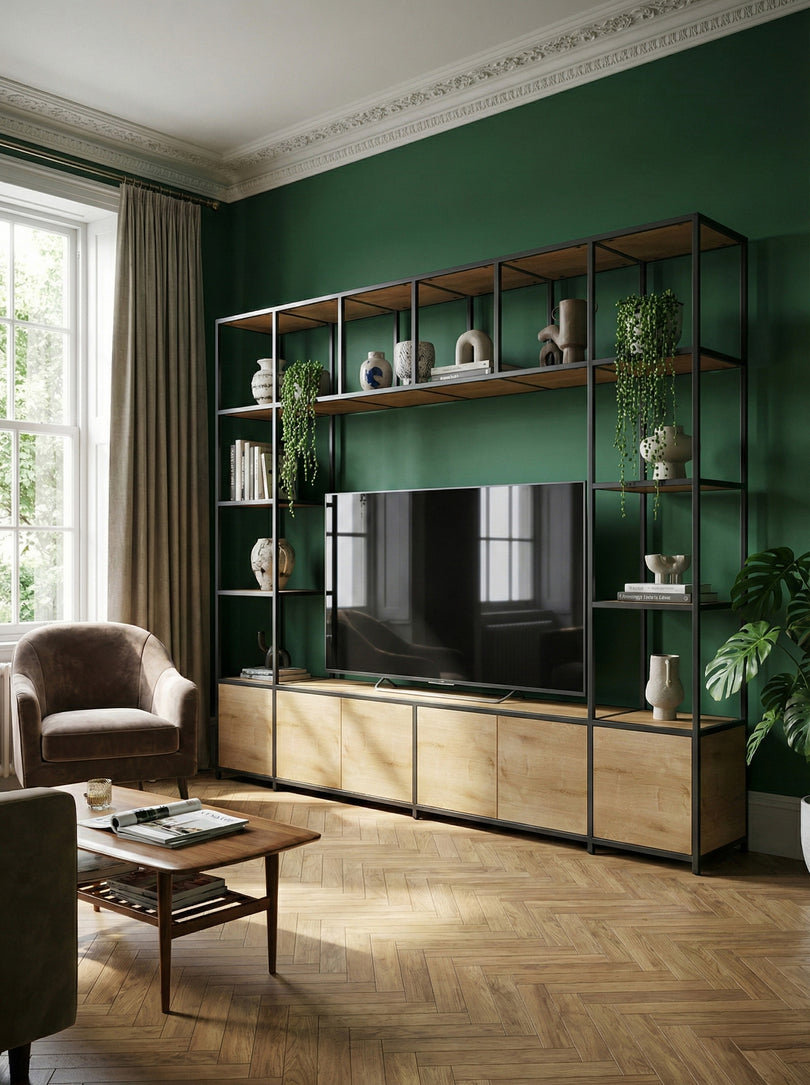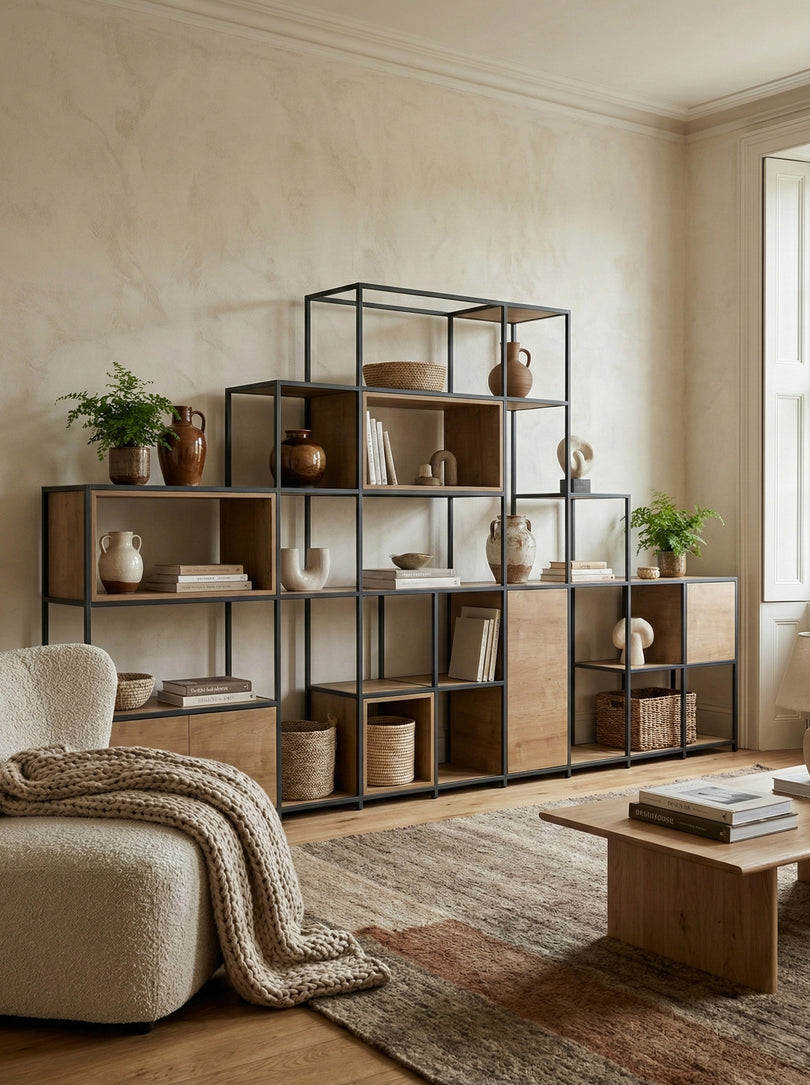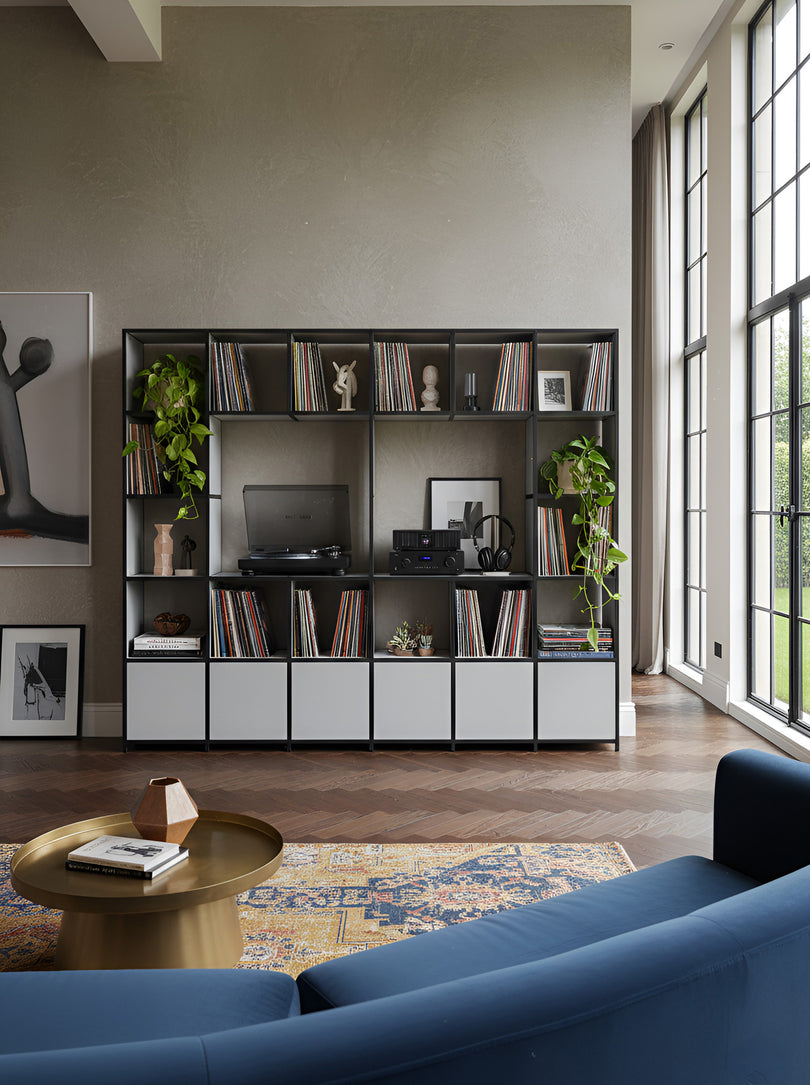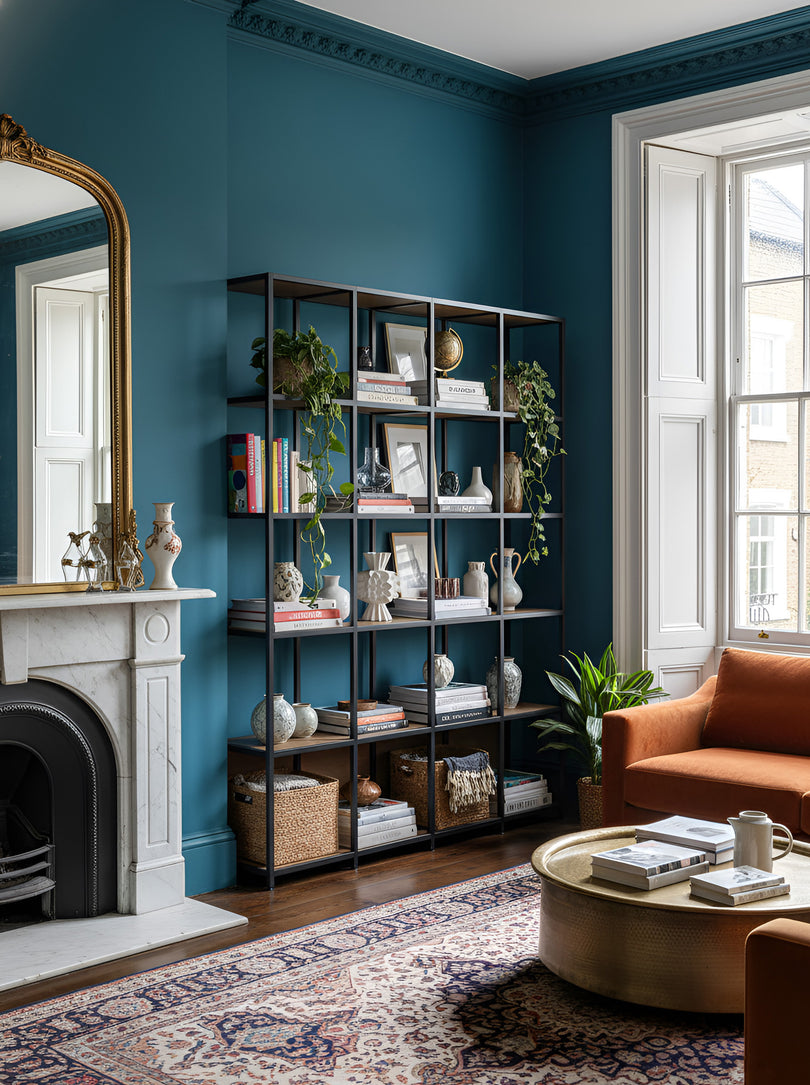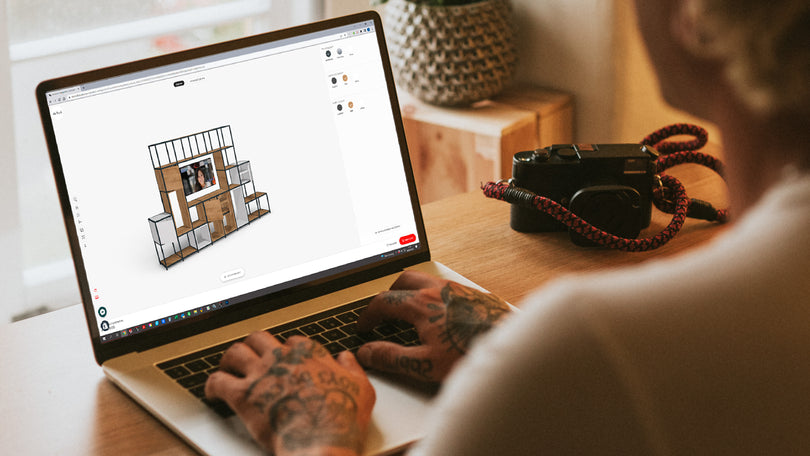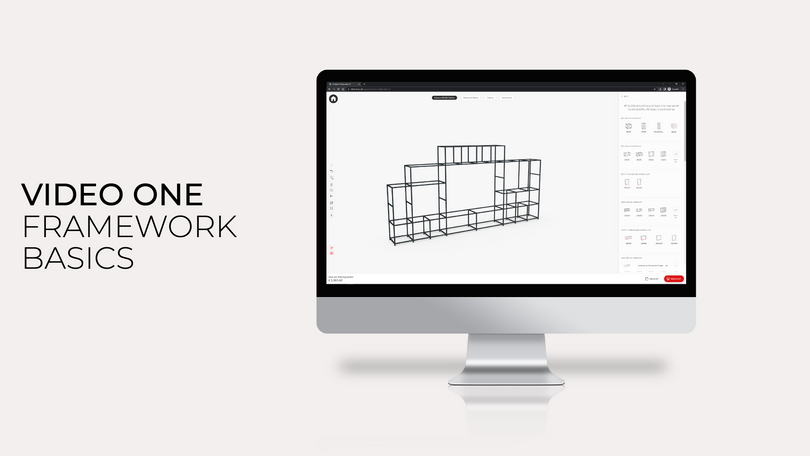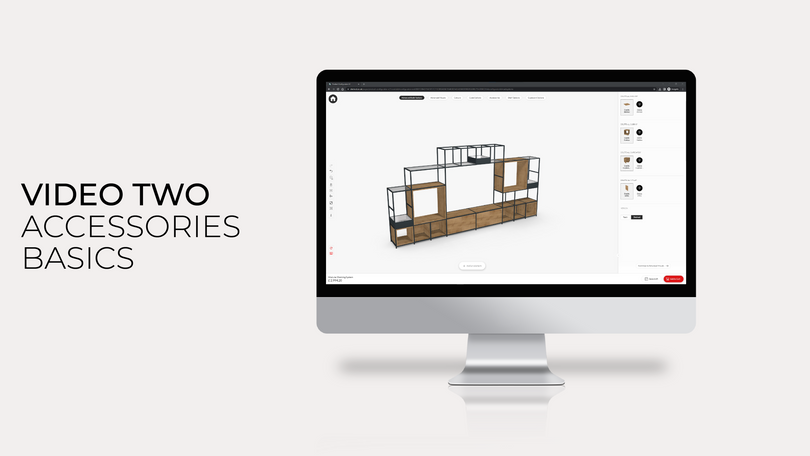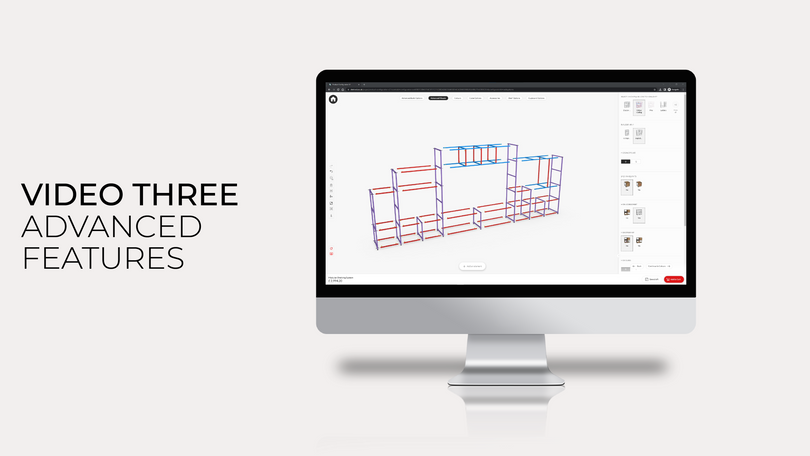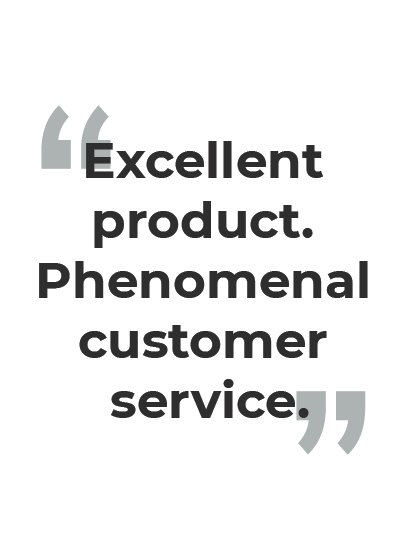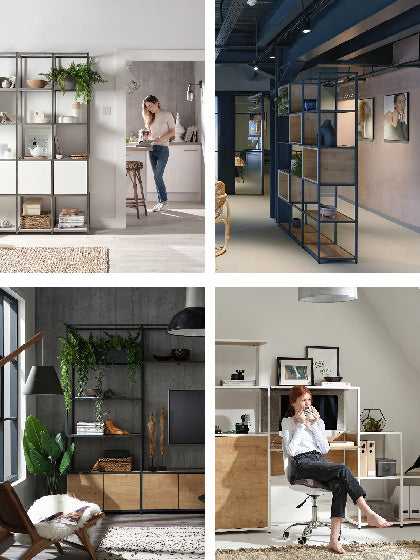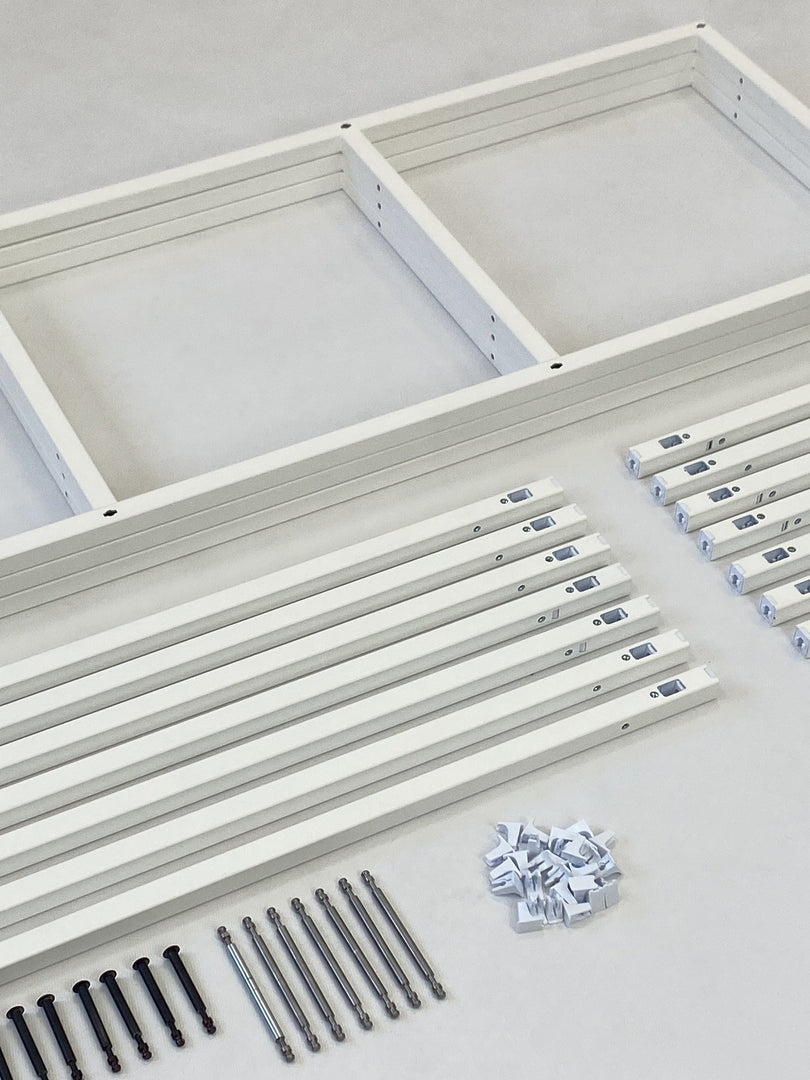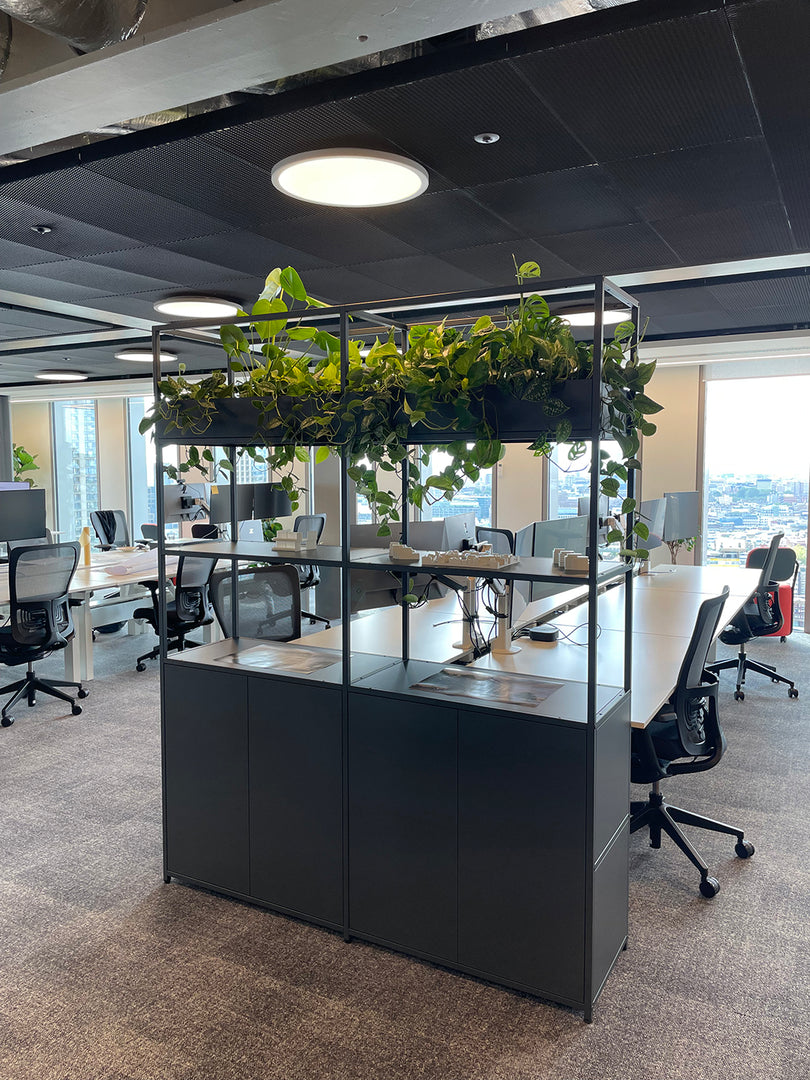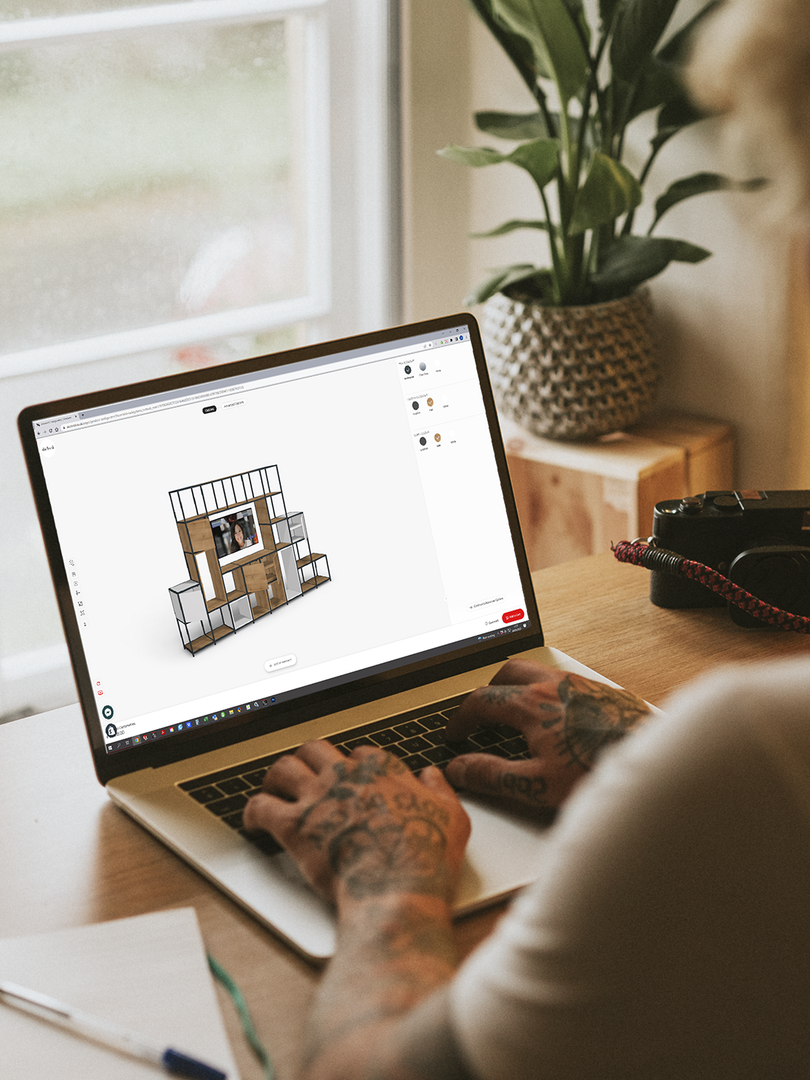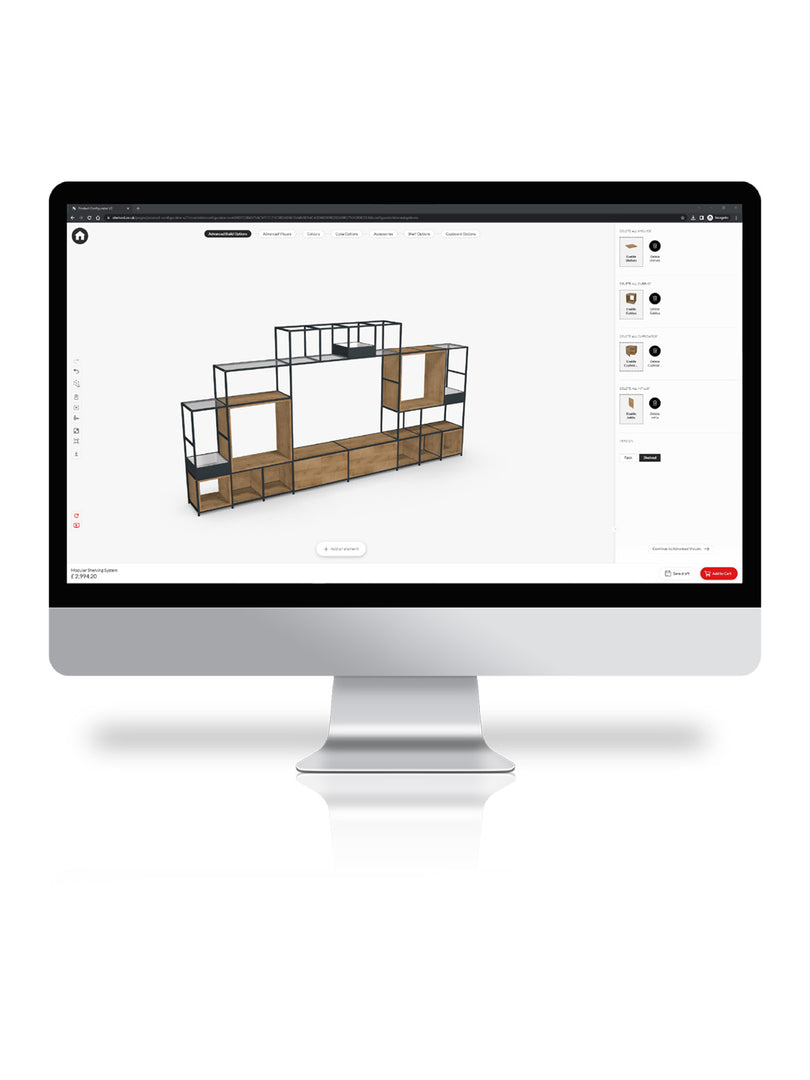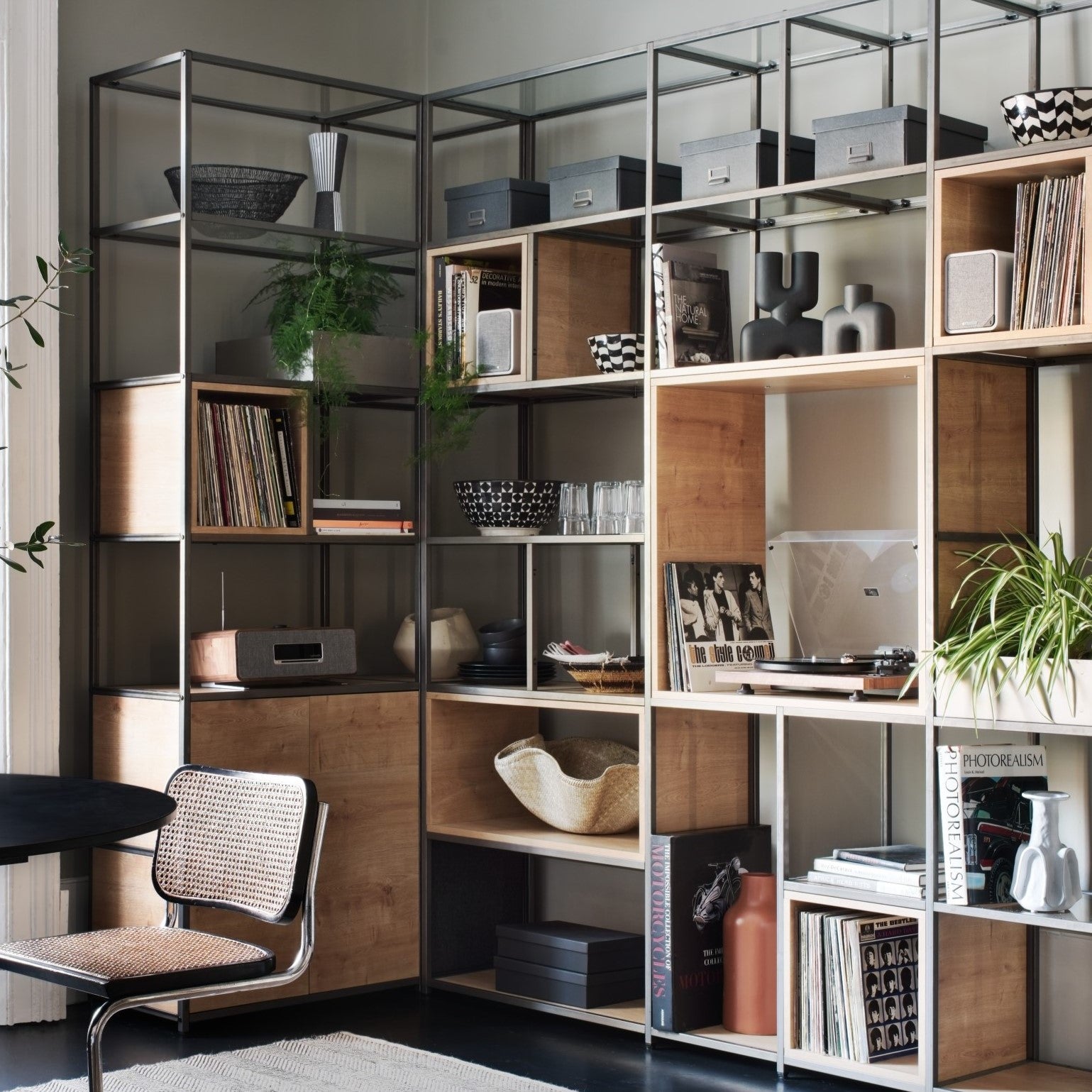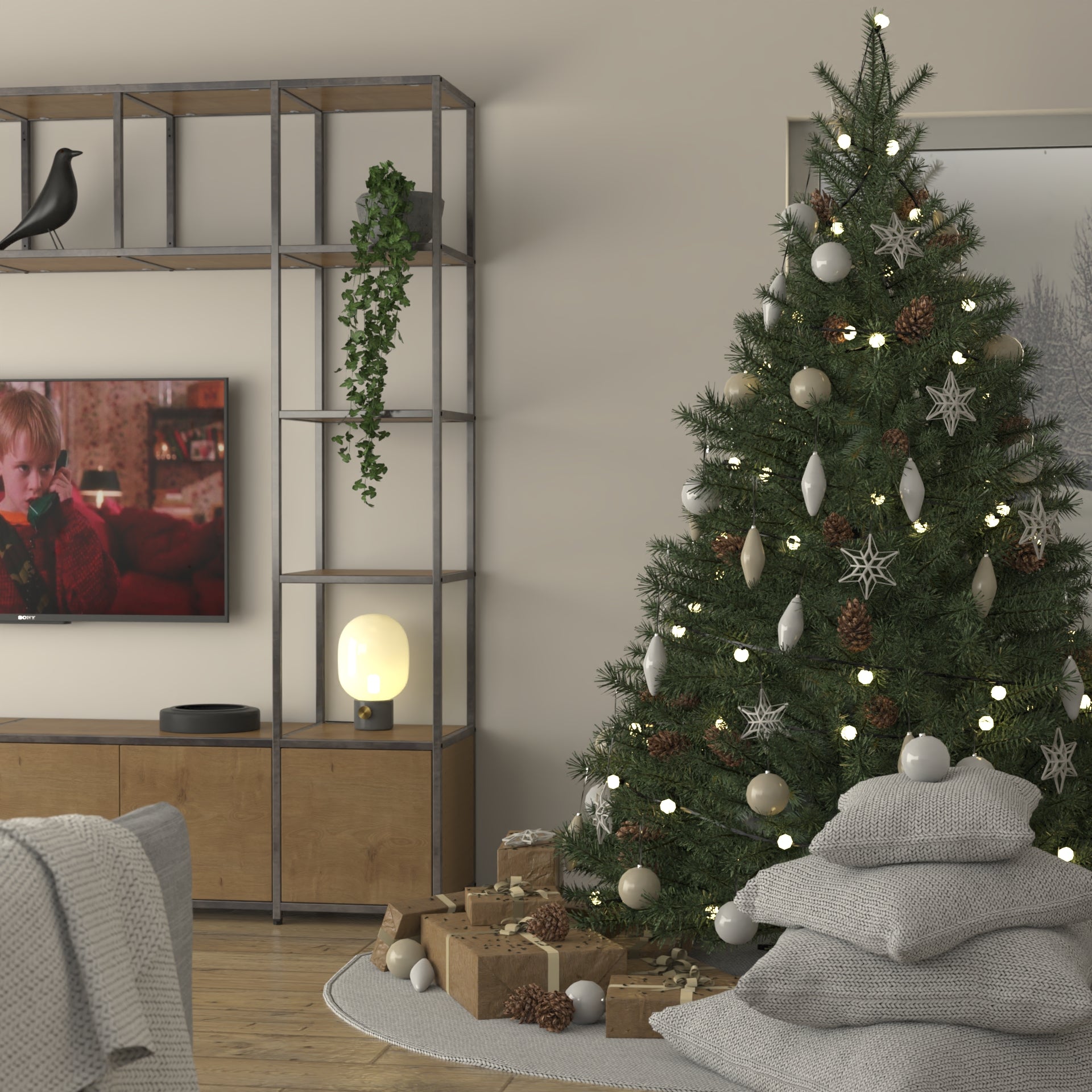As we approach the end of 2023, it's that time of the year when both brands and interior designers engage in the annual reflection of trends. At Shelved, our perspective remains steadfast: we refuse to be bound by ever-changing trends. Instead, we are firm believers that 'trends' should be perceived as flexible guidelines. We always recommend against excessively following trends as they are often so short-lived. On the other hand, if you love a trend even after it's out of 'style', don't let that deter you from creating looks you love. The adoption of trends is a personal journey—some will seamlessly integrate into your style, while others may merely pass you by.
Many interior design trends stand the test of time and show up year after year, but not all trends share this longevity. In our current fast-paced digital era, crazes become hyper-obsessions before peaking and becoming oversaturated. Think trends inspired by pop culture references - Barbie, or Hailey Beiber and her Strawberry Girl Summer. While these trends may have garnered affection in their moment, they may be best left behind.
In this blog post we are going to take a look at the interior design trends designers say they are leaving behind in 2023. Once again, we stress trends come and go, but it's crucial to remember that taste is subjective. In the spaces where you feel safe, happy, and true to yourself, there's no place for the negative opinions of others.

1. Fast Furniture
At Shelved, the first (and most important) trend that we are happy to see the back of is fast furniture. In a world where ‘disposable’ has become the norm in so many aspects of our lives, we are pleased to share that attitudes seem to be changing. While dupes offer accessibility to on-trend designs, it is crucial to acknowledge that mass-producing inexpensive versions of trending items fosters a throw-away mentality and contributes to an environmentally damaging cycle.
Our recommendation is to focus on creating rooms that withstand evolving trends, opting for furniture choices that stand the test of time. Our modular shelving system, crafted using the finest materials and precision engineering, has been meticulously designed with longevity in mind. This timelessness and adaptability ensure the system can grow and move with you.
This shift away from the fast furniture trend aligns with a broader emphasis on sustainability in the world of interior design - a movement already underway in the fashion industry for several years. Designers are now prioritising not only aesthetics but also environmental responsibility in the creation of living spaces. There has never been a more crucial time to consider sustainability, and at Shelved, we sincerely hope to leave the fast furniture ‘trend’ in the past.

2. ‘Micro’ Trends
‘Micro’ Trends. A term widely used in the fashion industry - the fuel to ultra-fast fashion’s engine. Micro trends redefine our understanding of traditional trends by accelerating the entire process: they rise to popularity quicker and then exit the trend cycle just as fast. While traditional trends typically last a few years, micro trends have shorter lifespans, with some fading away in less than a single year.
While it is easy to recognise the fun nature of some of these micro-trends, they are very of-the-moment looks. They are intricately tied to a specific period and mood, which may not be ideal when aiming to establish a timeless interior and a home that withstands the test of time.
Micro trends often spur organically on platforms like TikTok. Brands with concerning labour and environmental practices exploit these trends to push consumption and waste to unprecedented levels. It's crucial to consider: Do you ‘love’ this or do you want to buy it because you think it’s trendy? Some of the so-called ‘micro’ aesthetics (that we believe will be left behind in 2023) – Barbie-core, cottage-core, tomato-core, and bouclé everything. Incorporating a cultural moment into your personal design style can be fun, however, it is concerning to witness how these trends drive shoppers to make impulsive purchases that lack quality and are essentially seen as disposable.

3. Extreme Minimalism
This one might be slightly controversial… no, we are not going against everything we have said about minimalism. Minimalist interiors have been around for years, they are part of our ethos as a brand, and we love them. We are sure they will stick around. However, we are excited to observe a departure from the stark minimalism that has been characterised by Spartan spaces and white walls.
Addressing a specific facet of extreme minimalism, it's crucial to delve into the realm of all-white interiors. Although the colour white will never go out of style, we believe the all-white look is very much over. While this aesthetic can exude sleekness, it often lacks personality and room for creative expression. All-white homes can evoke feelings contrary to what a home should inspire, diminishing the warmth and inviting atmosphere that we wish to create.
When minimalism is taken to an extreme, it can result in spaces that feel clinical, cold, and unwelcoming. While minimalist decor remains a timeless classic, its execution is changing, becoming softer and warmer. We are seeing a noticeable shift toward designs with greater depth and personality.
It’s time to move away from white. If minimalism appeals to you, we wouldn’t recommend decorating your home in a maximalist way, it is about finding a happy medium. Instead of maximalism's dramatic, even oppressive hues, such as navy or bottle green, choose earthier mid-tones like sandy beige and sage green that make rooms feel more spacious.
As we look ahead to 2024, we anticipate that we will see a lot of texture incorporated within minimalist design. Natural materials and organic textures like wood and jute will take centre stage, along with the prominence of exposed materials like real wood and brick.

4. Open Plan Layouts
As discussed in our previous blogs, the post-pandemic era has sparked a critical reassessment of the functionality of large open-plan spaces in homes. The once universally embraced concept of expansive, open floor plans is undergoing a transformation. Despite being the go-to layout in the past, there is now a discernible shift towards a more traditional approach of separate rooms. Homeowners are increasingly recognising the value of well-defined spaces within their homes—seeking environments that are not only visually appealing but also functional, environmentally responsible, and reflective of their individual lifestyles.
Looking ahead to 2024, in addition to the prevailing theme of warmth and softness characteristic of Scandi minimalism, we predict a further fading of the open-plan layout trend. People are gravitating towards embracing smaller, cosier spaces, indicating a shift towards more intimate and purposeful living environments.
Concurrently, a noteworthy trend we've observed, perhaps magnified since lockdown, is the increased demand for rooms dedicated to specific tasks—hobby rooms. Allocating space for activities that you love is a wonderful way to create a happier home. These purpose-driven spaces not only provide a space to unwind and help you focus but also contribute to reducing clutter and stress levels by keeping hobby equipment organised in one designated area. Dedicating space to your passions also allows for tailored interior design adjustments. Whether you love painting and need perfect lighting or seek a meditation space with a calming colour scheme, these dedicated hobby rooms offer a personalised space. The thoughtful consideration of dedicated spaces enhances the quality of both work and relaxation time in the home environment.

5. The All-Grey Aesthetic
This revelation doesn't come as a shock. Much like the extreme minimalist styling, the trend of all-encompassing grey has experienced its zenith in recent years. Previously deemed the epitome of sophistication, an all-grey scheme was highly coveted. However, decorating with grey has undergone a significant transformation in the past few years.
We are excited to share that the once-dominant "grey everything" trend is stepping aside to make way for a more dynamic and expressive palette. In the ever-evolving world of interior design, individuals are now actively seeking warmth, character, and a departure from the monochromatic dominance of grey. This shift is manifesting through the gradual emergence of vibrant hues: blues, greens, and earthy browns are now taking centre stage in contemporary interiors.
This evolution marks a departure from the stark and cold all-grey aesthetic. As the design landscape shifts, the canvas of interior spaces is becoming full with a richer spectrum of colours, this allows homeowners to infuse their living spaces with a sense of individuality and creativity.

